Filter data
|
ID |
Nickname |
Country / City |
Languages |
Taxonomies |
Comment |
Project / Group |
Map |
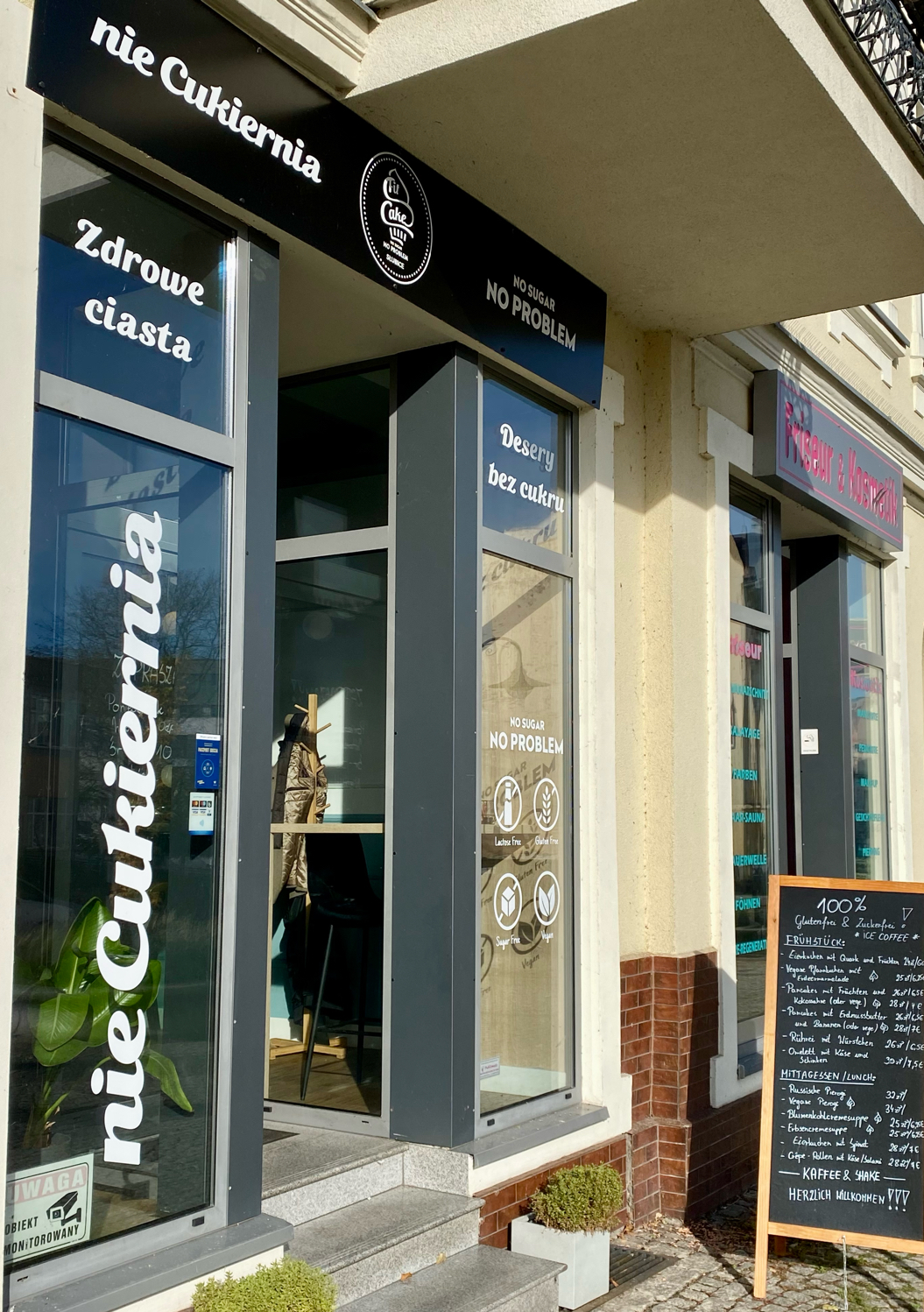
|
144715
|
|
Poland
Słubice
|
|
|
—
|
LL@Viadrina
English in the LL
|
|
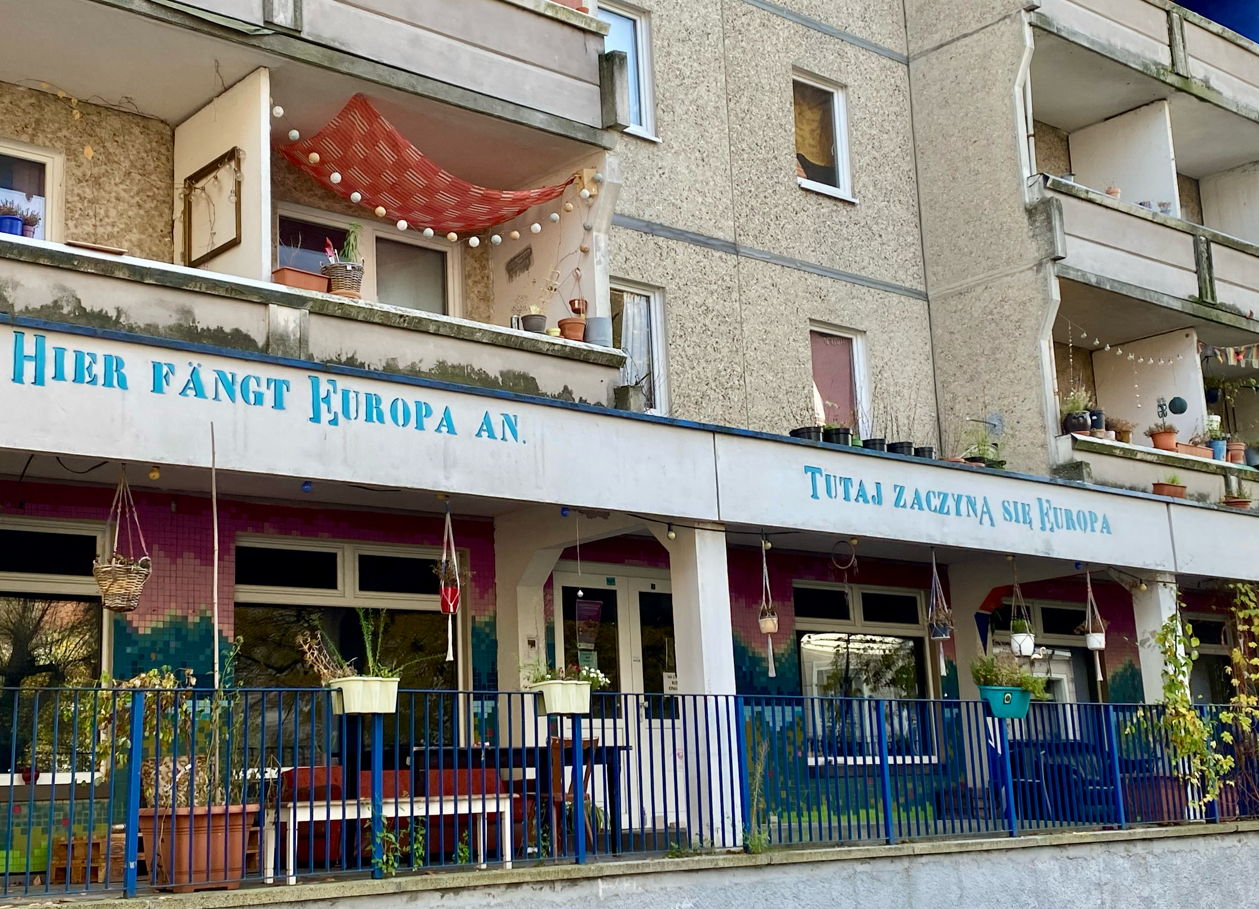
|
144714
|
|
Germany
Frankfurt (Oder)
|
|
|
—
|
LL@Viadrina
English in the LL
|
|
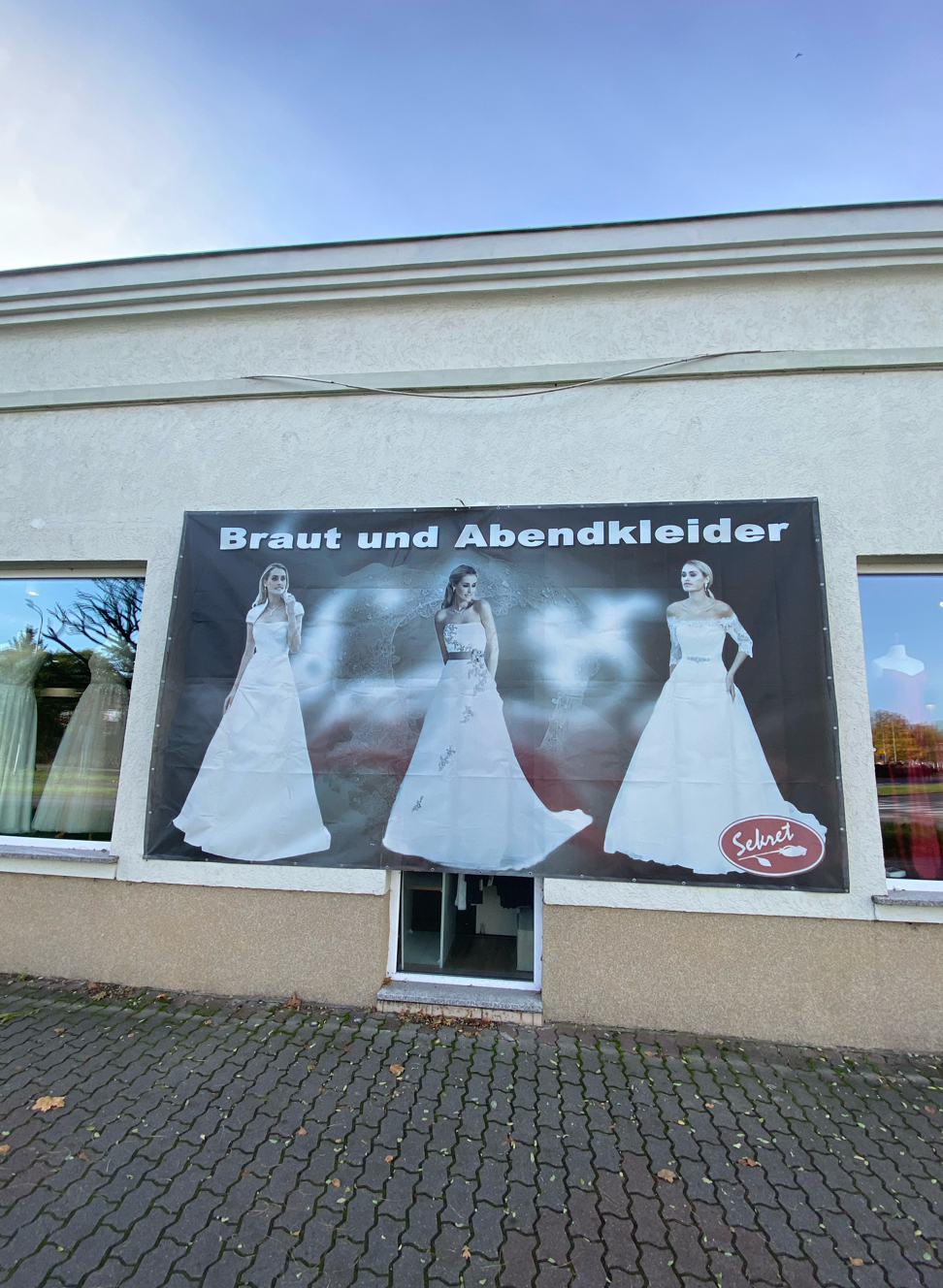
|
144713
|
|
Poland
Słubice
|
|
|
—
|
LL@Viadrina
English in the LL
|
|
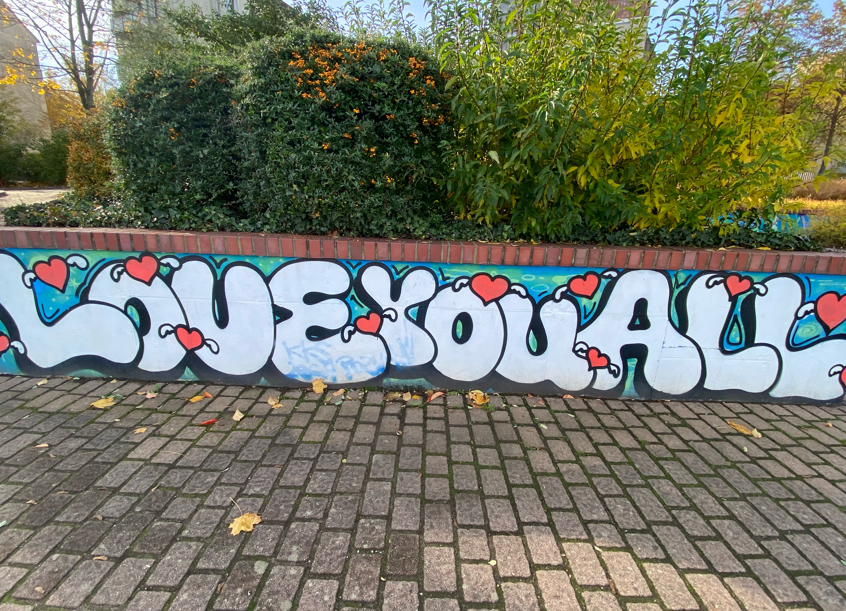
|
144712
|
|
Germany
Frankfurt (Oder)
|
|
|
—
|
LL@Viadrina
English in the LL
|
|
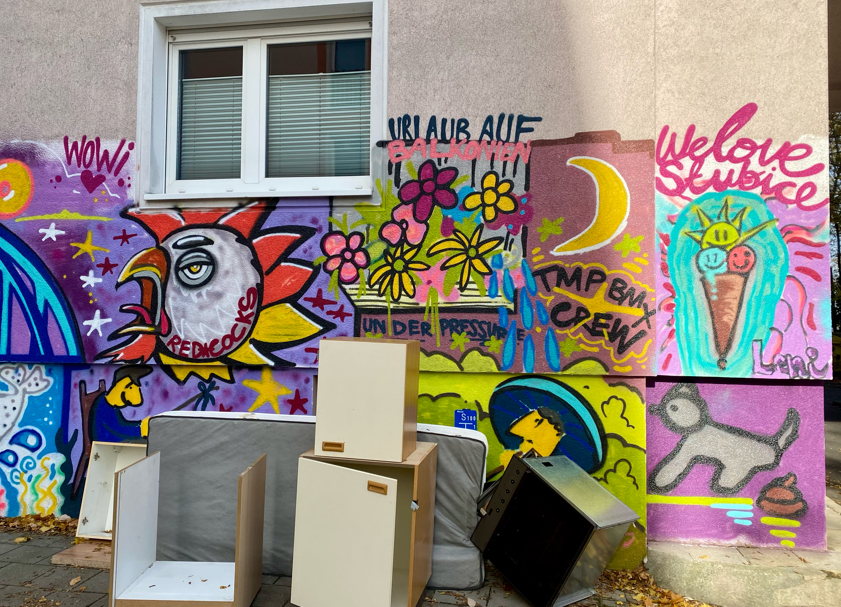
|
144711
|
|
Germany
Frankfurt (Oder)
|
|
|
—
|
LL@Viadrina
English in the LL
|
|
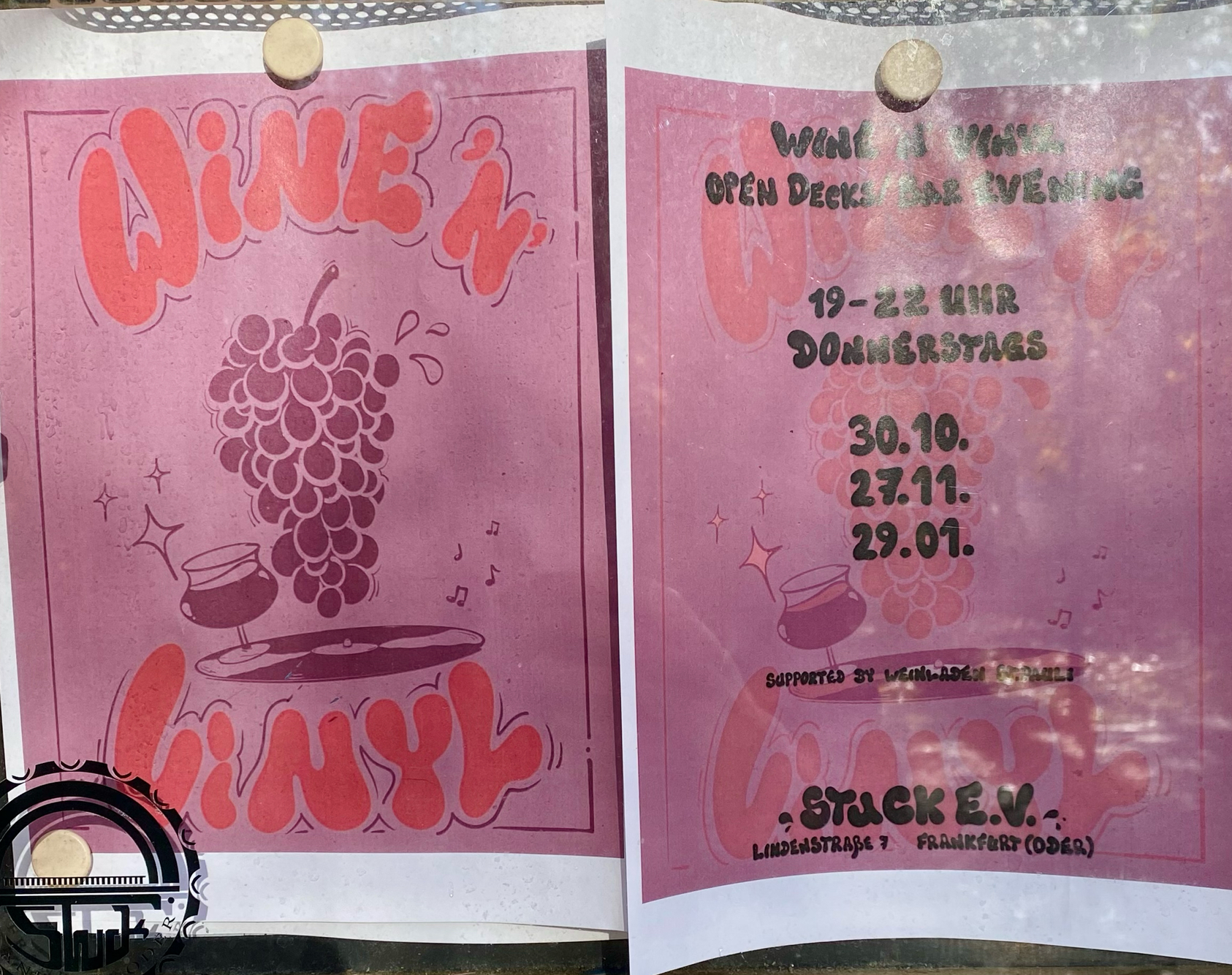
|
144710
|
|
Germany
Frankfurt (Oder)
|
|
|
—
|
LL@Viadrina
English in the LL
|
|
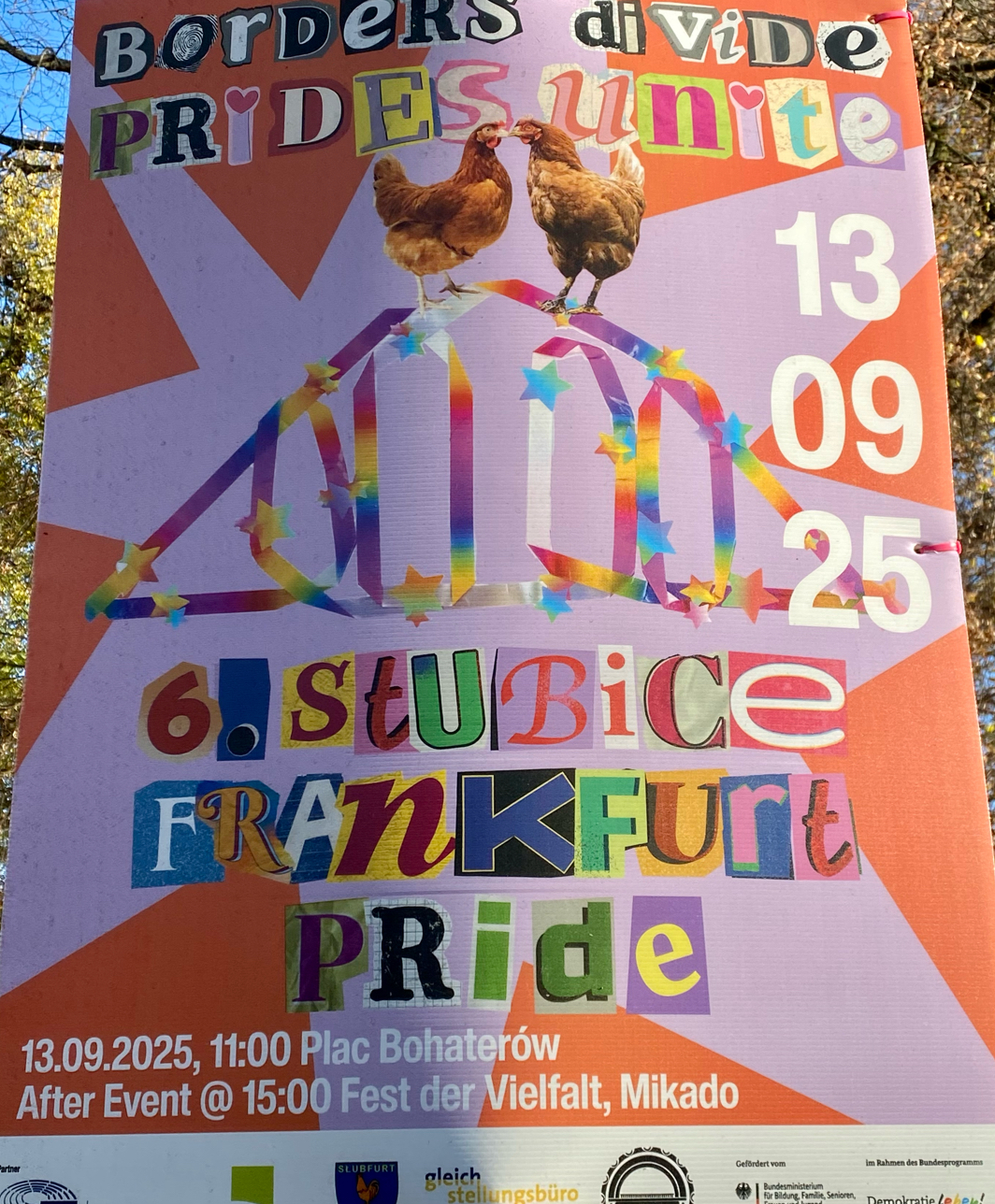
|
144709
|
|
Germany
Frankfurt (Oder)
|
|
|
—
|
LL@Viadrina
English in the LL
|
|
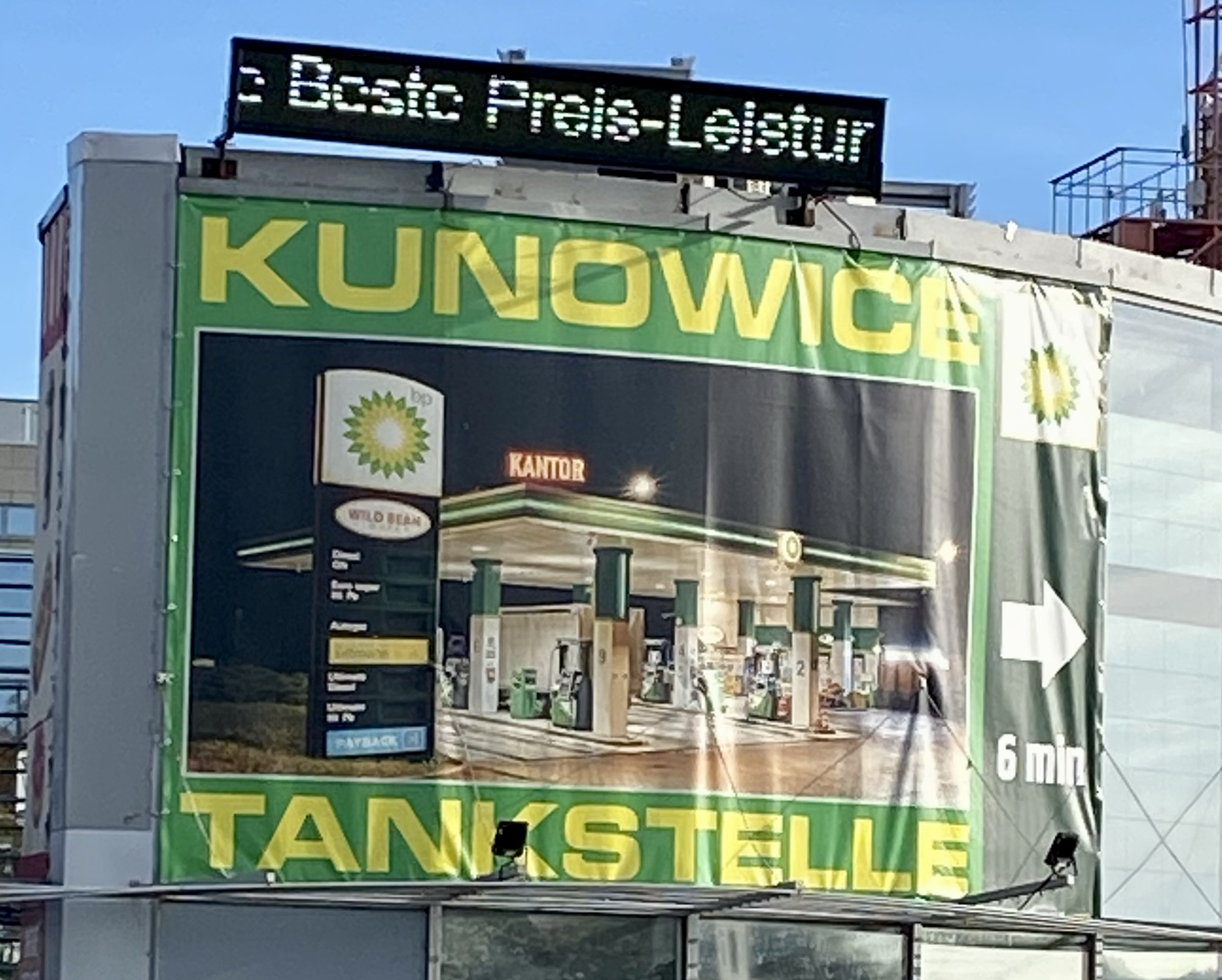
|
144708
|
|
Poland
Słubice
|
|
|
—
|
LL@Viadrina
English in the LL
|
|
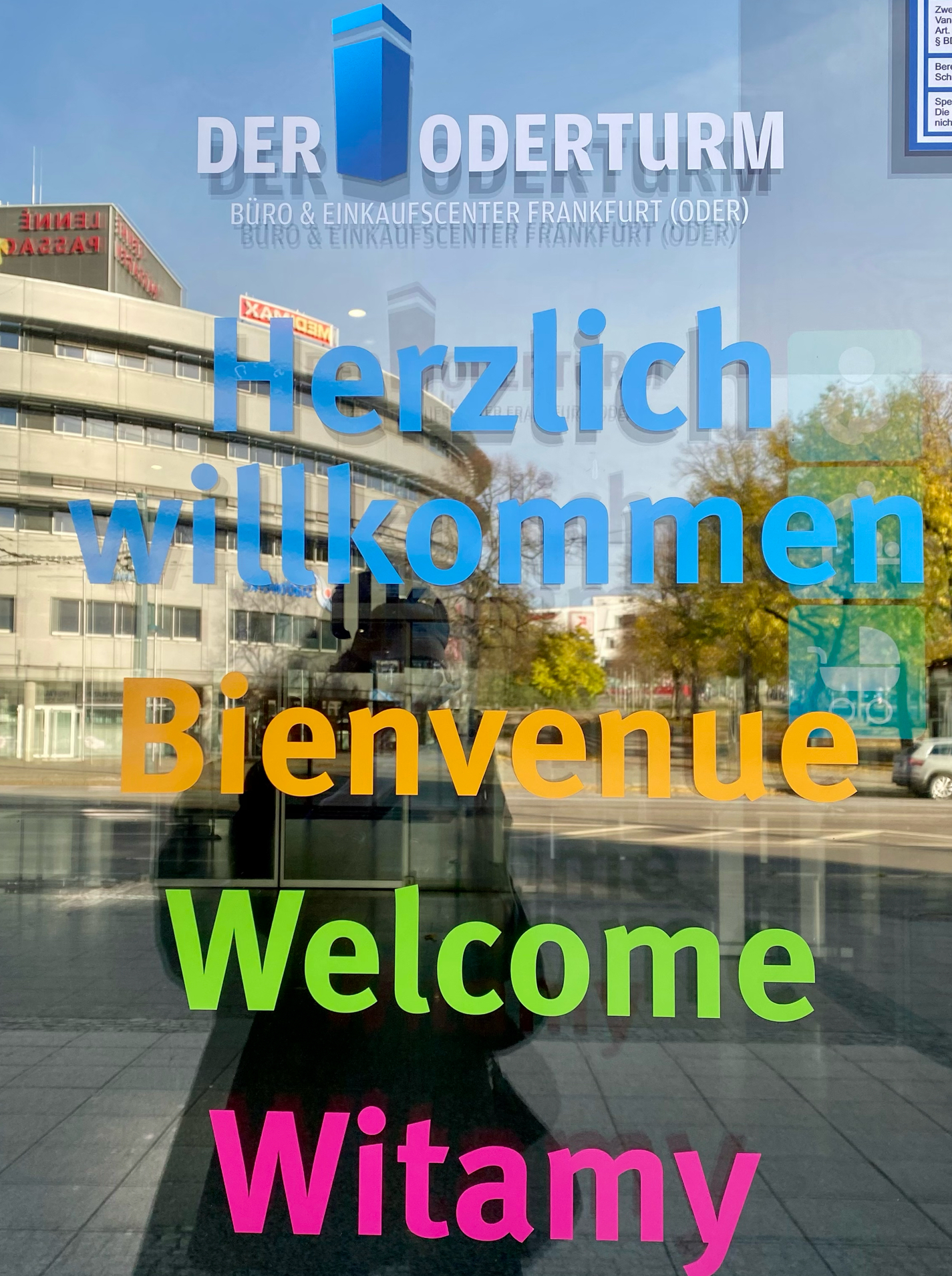
|
144707
|
|
Germany
Frankfurt (Oder)
|
|
|
—
|
LL@Viadrina
English in the LL
|
|
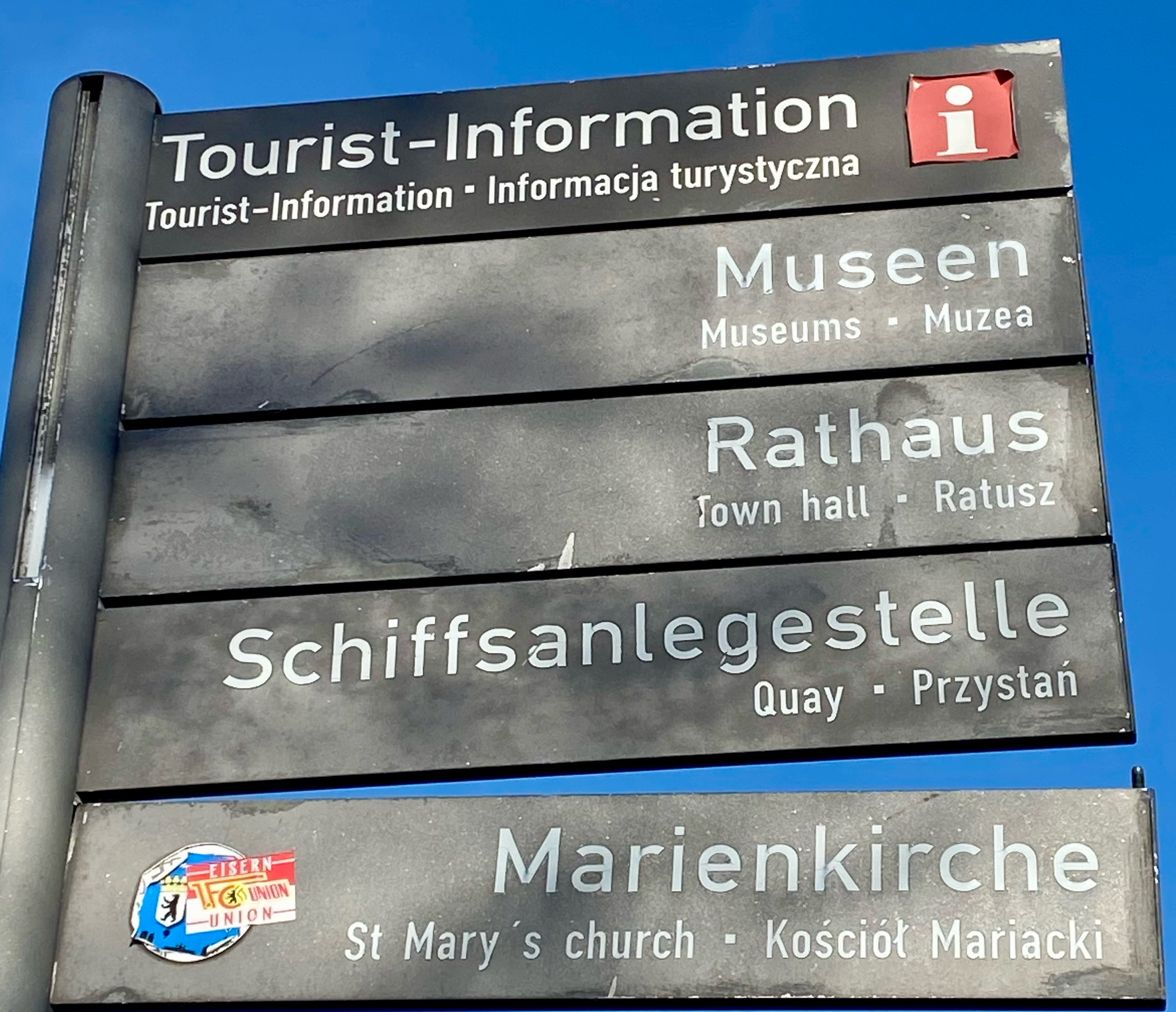
|
144706
|
|
Germany
Frankfurt (Oder)
|
|
|
—
|
LL@Viadrina
English in the LL
|
|

|
144705
|
|
Poland
Słubice
|
|
|
—
|
LL@Viadrina
English in the LL
|
|
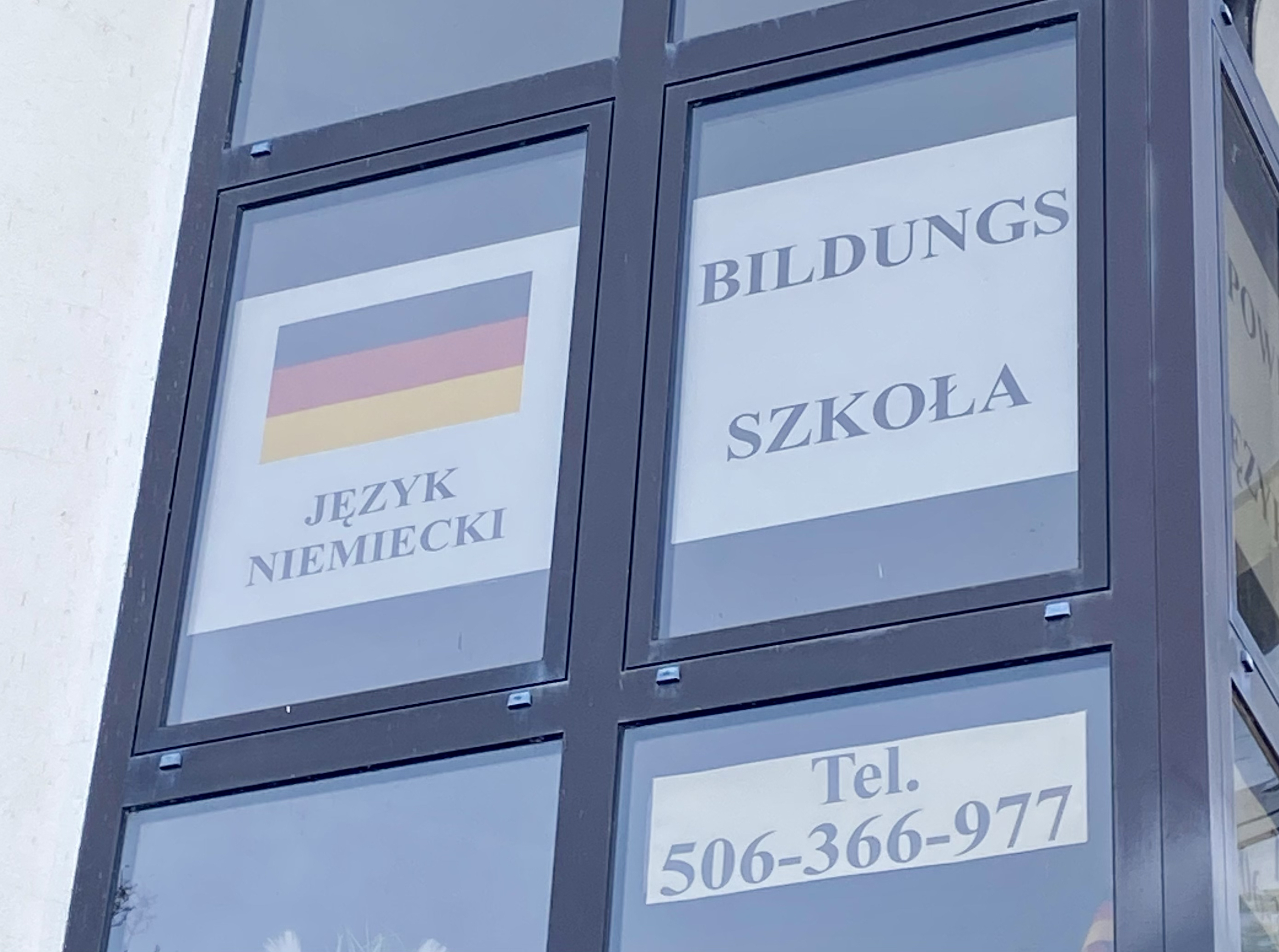
|
144704
|
|
Poland
Słubice
|
|
|
—
|
LL@Viadrina
English in the LL
|
|

|
144703
|
|
Poland
Słubice
|
|
|
—
|
LL@Viadrina
English in the LL
|
|
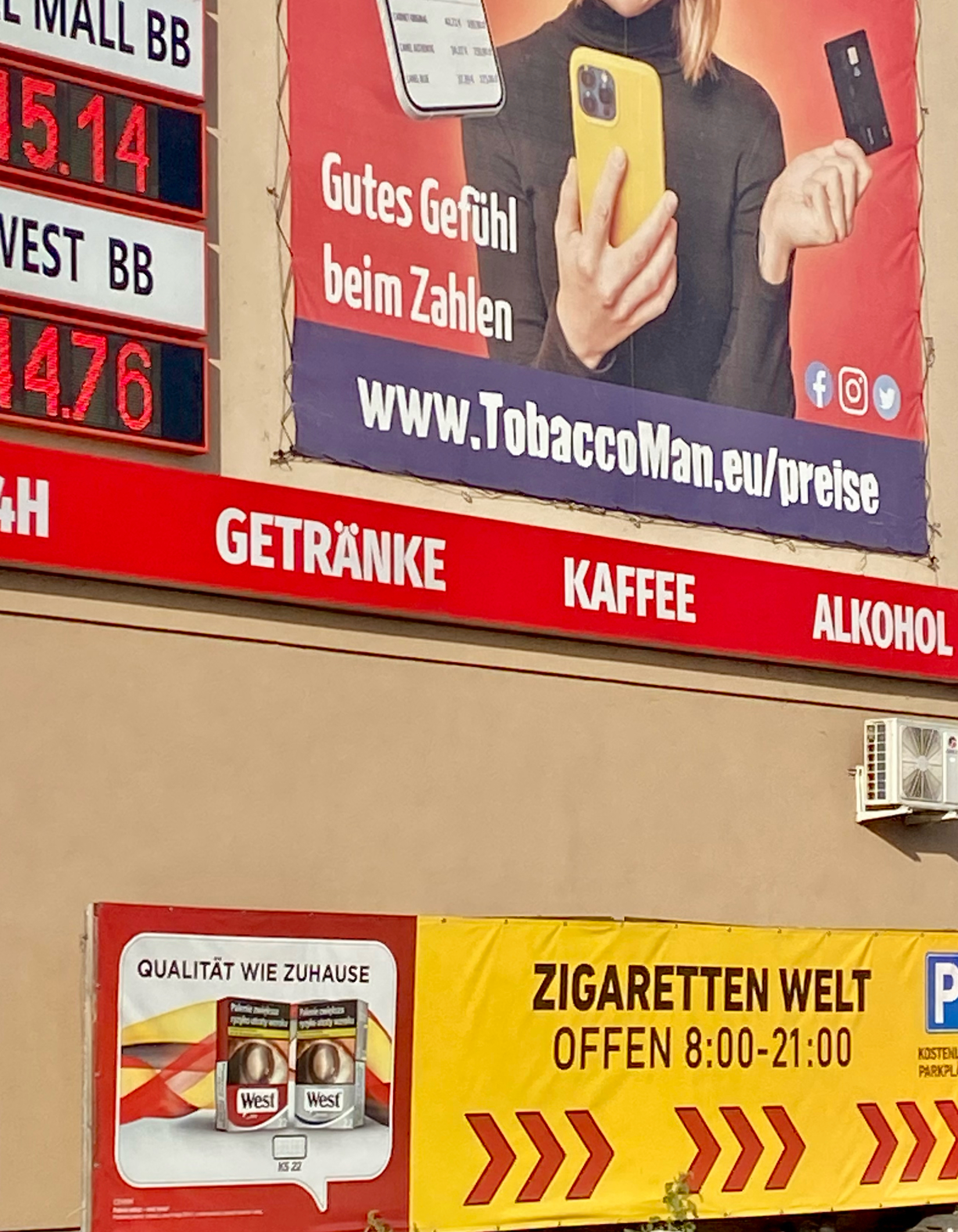
|
144702
|
|
Poland
Słubice
|
|
|
—
|
LL@Viadrina
English in the LL
|
|
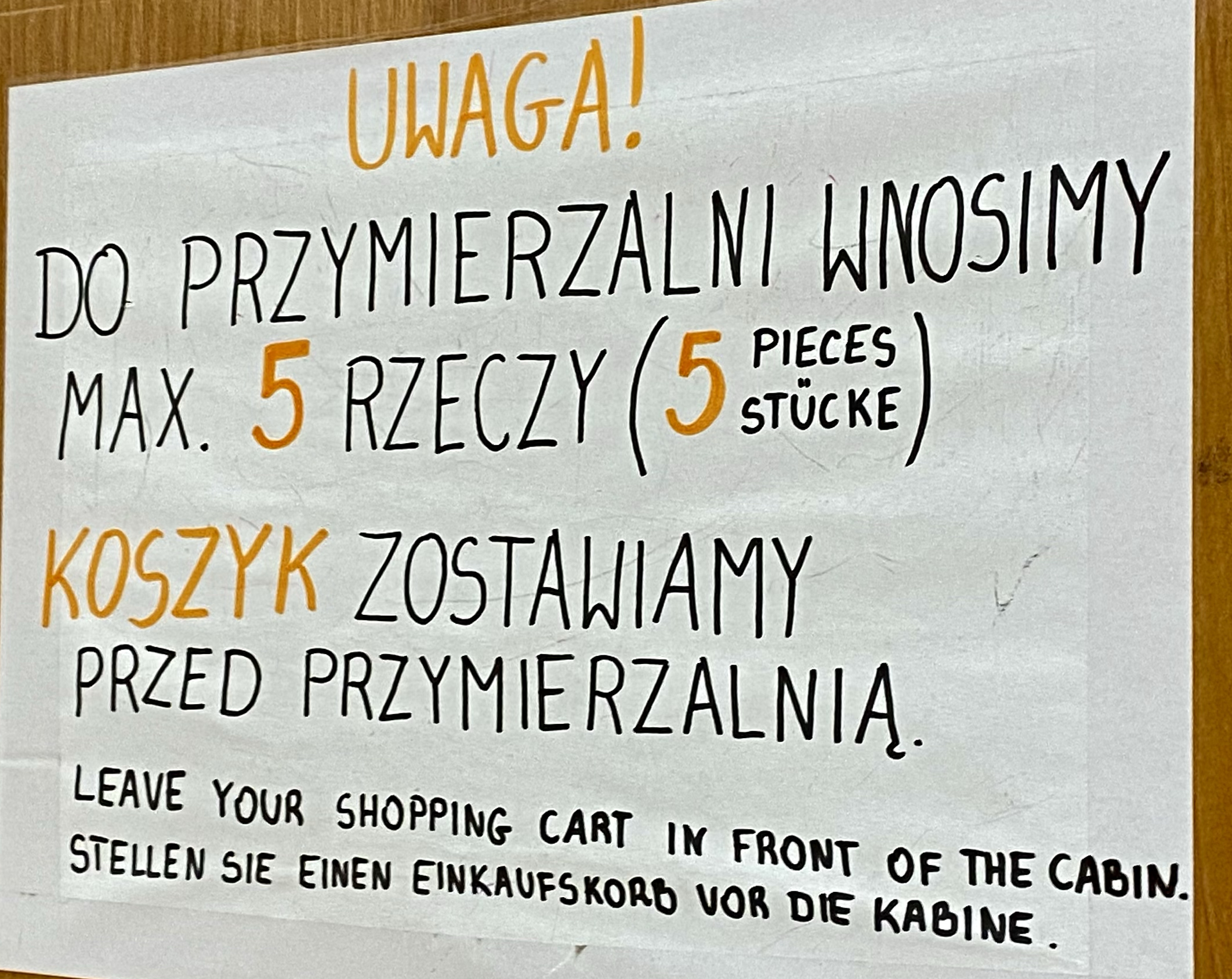
|
144701
|
|
Poland
Słubice
|
|
|
—
|
LL@Viadrina
English in the LL
|
|

|
144700
|
|
Poland
Słubice
|
|
|
—
|
LL@Viadrina
English in the LL
|
|
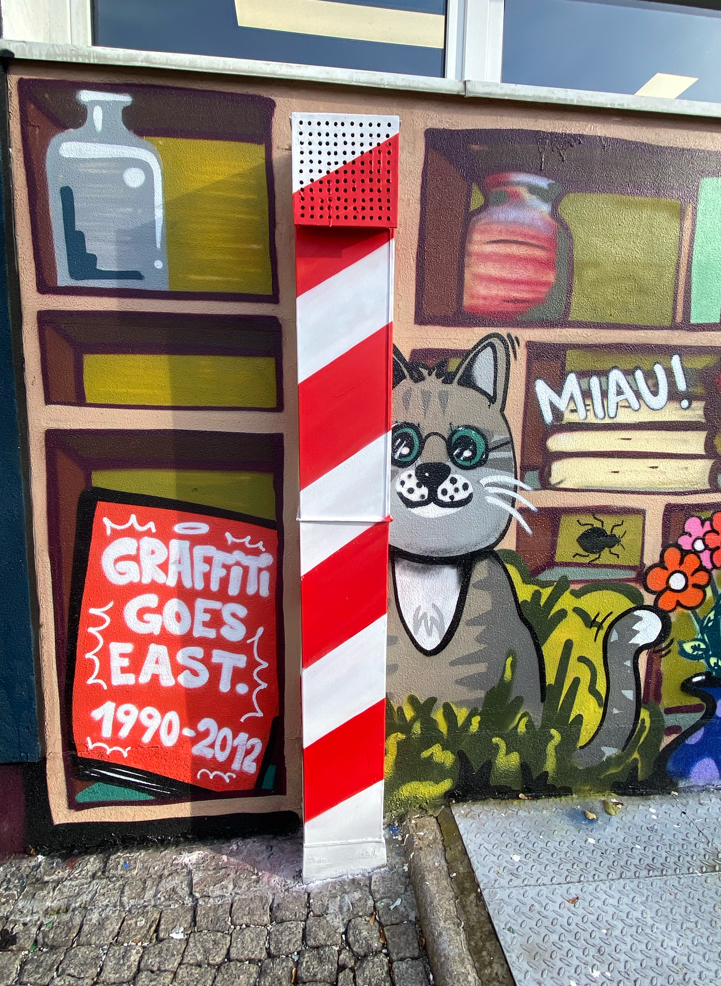
|
144699
|
|
Poland
Słubice
|
|
|
—
|
LL@Viadrina
English in the LL
|
|
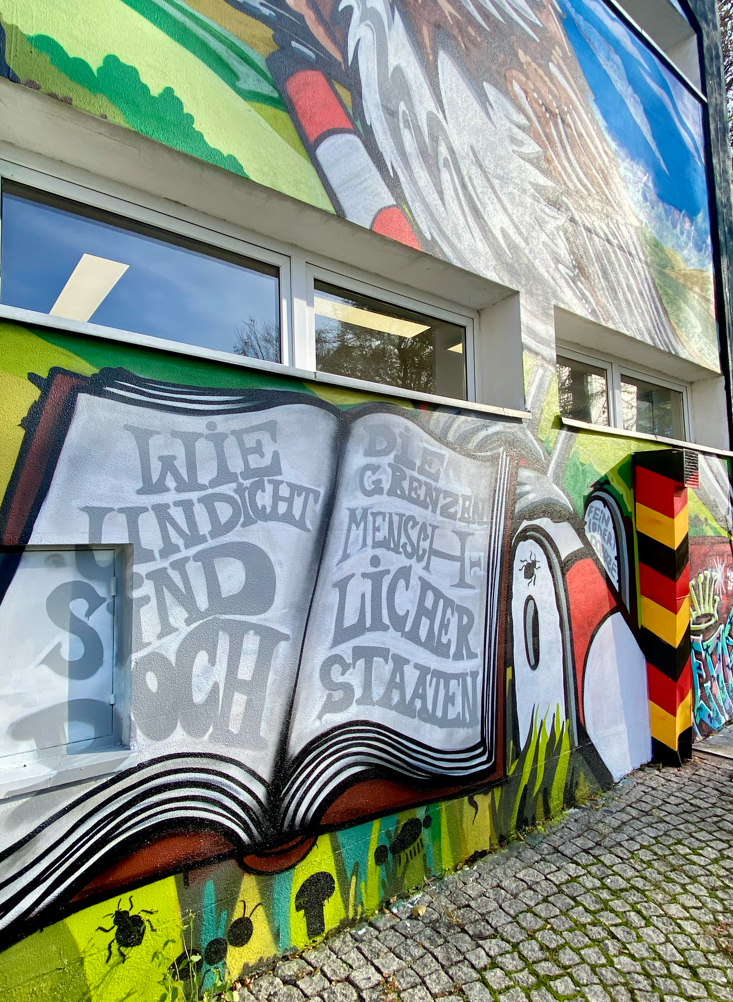
|
144698
|
|
Poland
Słubice
|
|
|
—
|
LL@Viadrina
English in the LL
|
|

|
144697
|
|
Poland
Słubice
|
|
|
—
|
LL@Viadrina
English in the LL
|
|
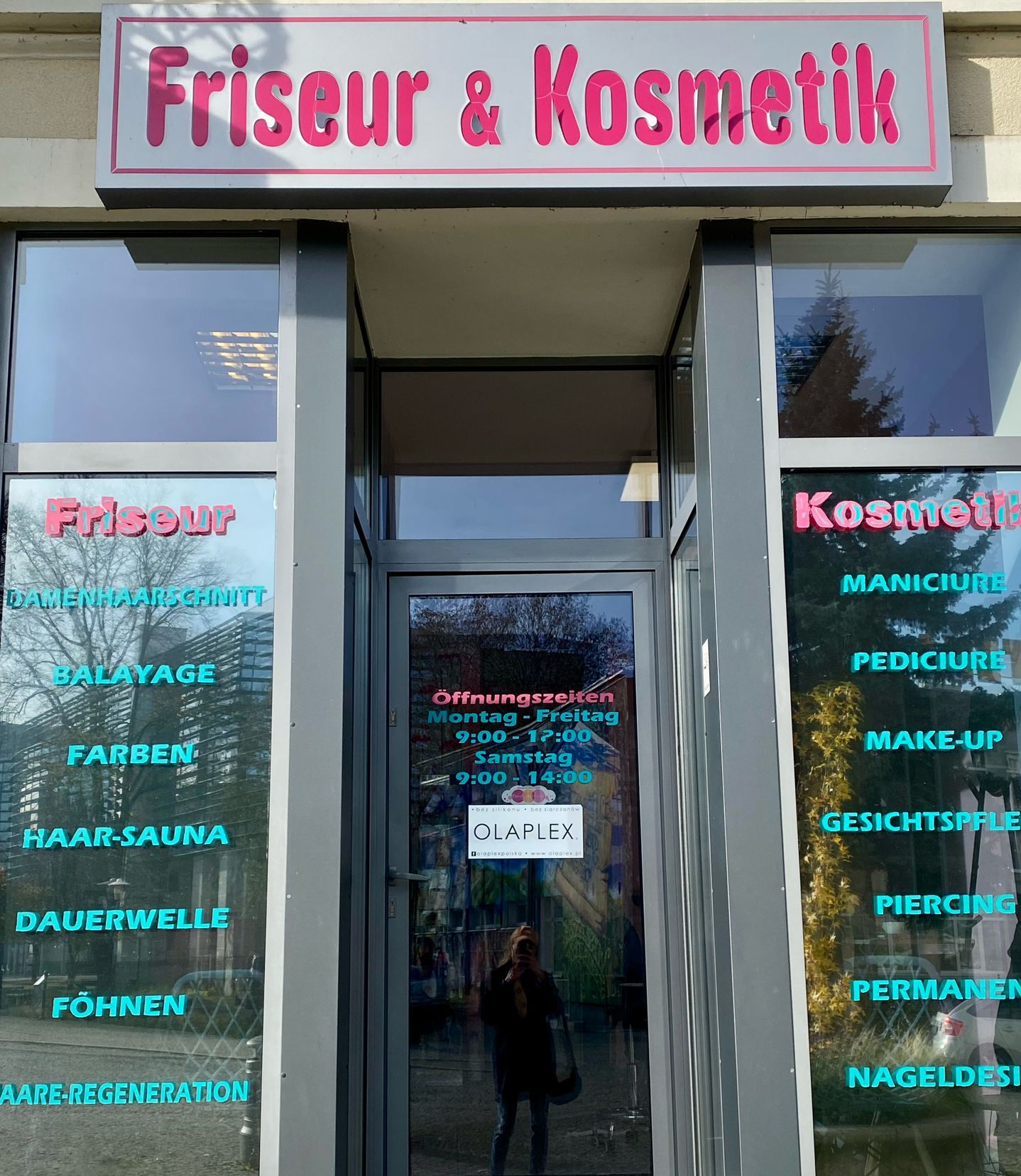
|
144696
|
|
Poland
Słubice
|
|
|
—
|
LL@Viadrina
English in the LL
|
|